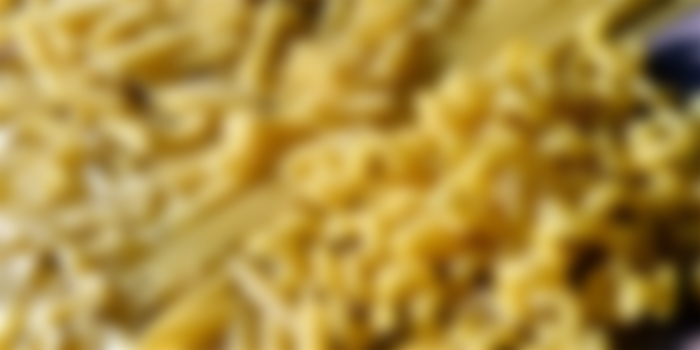Pasta positivity will keep you in shape with spag and carbornara

Growing up, I had so many fond memories of Filipino-style spaghetti. It probably didn’t do my waist service, but I was seriously obsessed with this pasta dish. My high school cafeteria sold spaghetti to students, and every day, my mother's lovingly prepared packed lunch went untouched because I would rather spend my meager allowance on a plateful of the beet-red noodles.I don’t know what it is, but there is just something so awful yet addictive about red hot dogs in banana catsup sauce.
Filipino spaghetti is a defiant take on Italian pasta. The noodles are overdone. It's bright red and sweet and spicy. The thick sauce, made with banana ketchup and tomato paste, contains diced hotdogs, ground pork, onions, and garlic. A substantial amount of cheddar cheese is sprinkled on top. The resulting disaster is a celebration of sweet, salty, and sour sensations that stab the palate. Due to a lack of tomato ketchup, Filipino war heroine and food inventor Maria Orosa created a replacement using bananas. So was banana ketchup.

The Filipino staff allegedly produced MacArthur's favorite Neapolitan spaghetti with banana ketchup. Instead of meatballs, diced hotdogs were used. Filipinos have improved their spaghetti sauce over time by adding ground meat and spices. In certain recipes, the sauce is cooked with the pasta rather than separated and served separately.
Its brightly colored pasta (banana ketchup employs red food coloring) and sweet flavor scared Italian cuisine purists, but Filipinos don't care. Filipino spaghetti is now a comfort food given at children's birthday parties with hotdogs on sticks with marshmallows.

On the other hand, Even though carbonara isn't native to the Philippines, it's a huge hit here. When it comes to big celebrations like fiestas and the holidays, this Italian dish is a staple in restaurants across the country. It's common to use Italian ingredients like spaghetti or fettuccine pasta, hard cheese, cured pork, and freshly ground black pepper in traditional recipes.
As you'll see, the traditional carbonara recipe is simple to put together, unlike many other Italian recipes that are more complex. However, the pasta dish's worldwide popularity has resulted in hundreds of variations on the original recipe. Because milk is used in the Philippines' version of the carbonara recipe, it is much creamier.
Onion, garlic, cream, and parmesan cheese are also common additions to Filipino carbonara, but they are not found in the original recipe. The traditional Carbonara recipe calls for either parmigiana-Reggiano or pecorino romano, or a combination of both. It's not just carbonara that's popular around the world.
The salty bits in the sauce give the carbonara in the Philippines a creamier and milkier flavor. Carbonara is a popular choice for Filipinos who don't like the sweetness of spaghetti.
Lastly, What pasta is best in your opinion?



Its delicious pasta 😍